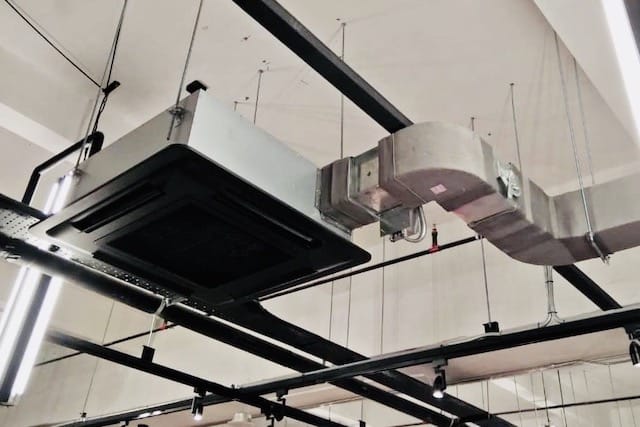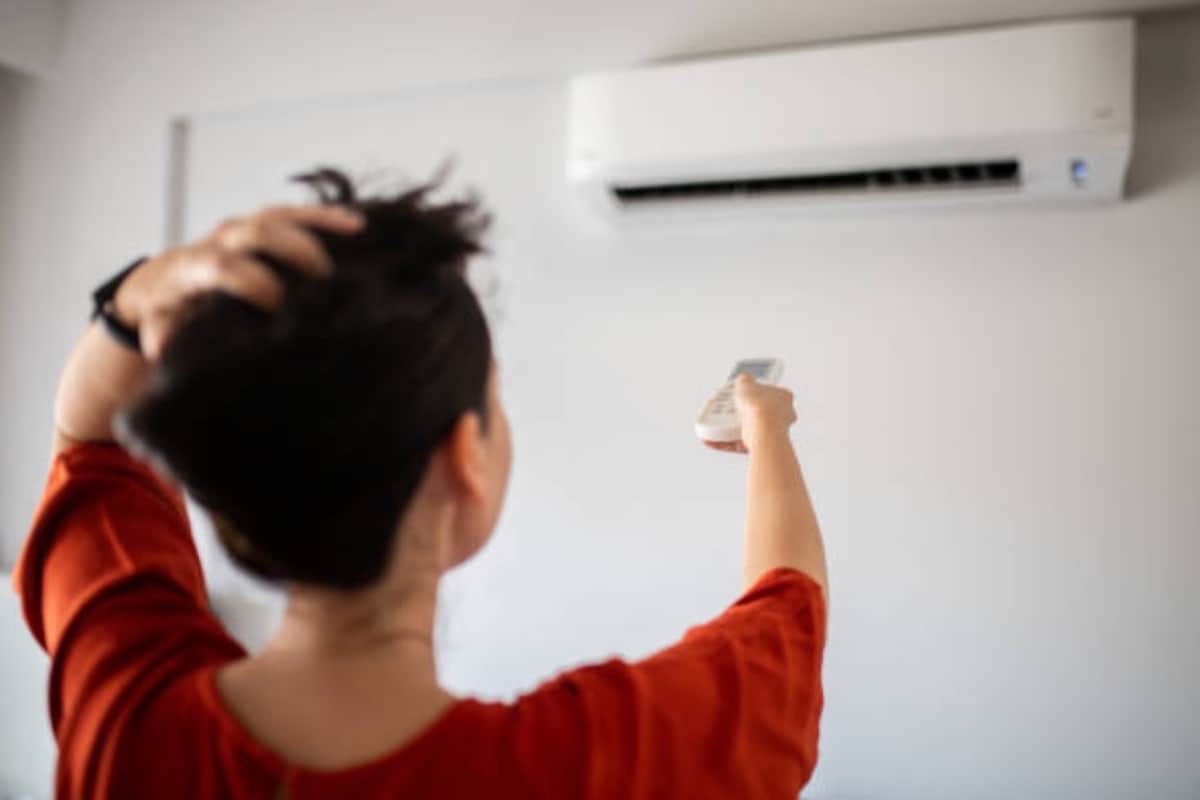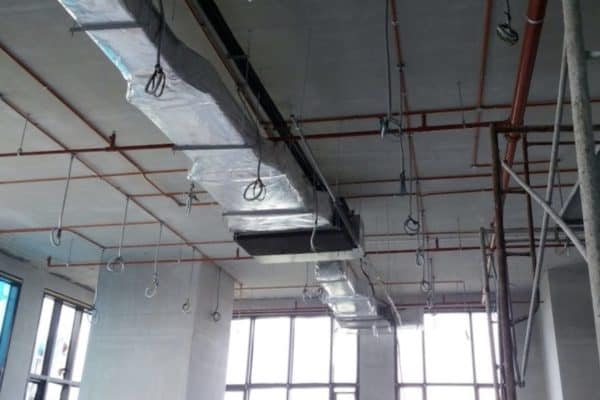Air Conditioning and Ventilation: What’s the Difference?
Air conditioning is often confused with ventilation. While some air conditioners do ventilate, it’s not always the case. So, what’s the difference between air conditioning and ventilation?
Generally, air conditioning refers to cooling or heating as well as humidity control in a room. On the other hand, ventilation refers to the circulation of fresh air between indoor and outdoor.
Certain types of air conditioner are designed to bring in outside fresh air to ventilate a room while other types of air conditioner are not. However, you may not need the ventilation at all.
Does Air Conditioner Provide Ventilation?
An air conditioner by itself does not provide ventilation. However, a ventilation system can work together with the air conditioner to provide ventilation for a room. Thus, many people often get confused about whether or not air conditioners provide ventilation. It is optional for an air conditioner to provide ventilation.
For most houses, the air conditioner is either a wall-mounted type, window type or portable type. These types of air conditioner usually are not designed to work with a ventilation system. Commercial air conditioners such as ducted fan coil units and air handling units are designed and more often work with a ventilation system to circulate fresh air into commercial buildings such as hotels and shopping malls.
Do You Need a Ventilation System in Your Air Conditioner?
Typical houses usually don’t need a dedicated ventilation system to bring in outside fresh air because all rooms have a window. In the case of a windowless room, fresh air is still reachable via door open and door gaps.
On the other hand, many rooms in a commercial building are windowless since they are located at the center of the building. Some windowless rooms are located within another windowless room which makes them very hard to get the outdoor fresh air. Therefore, the air conditioners in a commercial building not only air conditioning, but they do provide ventilation as well.
An air conditioner consumes more power when working with a ventilation system. Normally, an air conditioner power consumption is rated based on cold return air. When warm outside air is introduced to the system, the air conditioner works harder and thus, draws more power.
How to Ventilate with Air Conditioner?
Although most home use air conditioners don’t work with a ventilation system, there are types of air conditioner for home use that have an option to provide ventilation. Such types of air conditioner are the ceiling cassette type, ceiling ducted type and certain models of window air conditioner.
Ceiling Cassette
Most ceiling cassette air conditioners have a breakable panel as an option for users to expose the opening and attach a duct to bring in outside fresh air into the air conditioner. The panel opening size is designed to allow only about 5-10% fresh air (relative to the supply airflow) to enter the air conditioner.

The fresh air duct contains warm air from outside and thus, its outer surface is warm. If cold air contacts the warm outer duct surface, condensation may occur. Hence, you should insulate the fresh air duct if the duct is exposed to cold air.
Additionally, you should install a damper to control the fresh air volume. Although only about 5-10% fresh air is allowed by the duct size, you will want to have the option to stop bringing in fresh air completely when the outside air quality is very bad.
Depending on the ceiling cassette design, you may want to include a filter at the fresh air intake grille. Whether it is the return air or the fresh air, it should pass through a filter before entering the air conditioner to prevent dust from building up inside the air conditioner which is much harder and cost more to clean.
Ceiling Ducted
Many ceiling ducted air conditioners come with a return air plenum box that is designed to work perfectly with a fresh air duct (more about plenum box here in a separate article on this website). The return air plenum box already has an opening for you to attach a fresh air duct. Sometimes, a damper is included with the plenum box.
Similarly, you should insulate the fresh air duct if the duct is exposed to cold air. However, most ceiling ducted air conditioners are concealed above the ceiling where the air above the ceiling is not as cold as below the ceiling. Thus, you may not need to insulate the fresh air duct for air conditioners above the ceiling.
Unlike the ceiling cassette, the filter of a ceiling ducted air conditioner is usually located after the return air plenum box. Thus, both the return air and the fresh air will pass through the filter before entering the air conditioner. Hence, you may not need an extra filter on the fresh air grille.
Window Air Conditioner
Some window air conditioners, especially the more expensive ones, are equipped with the function of introducing outside fresh air into a room. Usually, you simply push and pull a handle on the front grille of a window air conditioner to open and close the fresh air intake. Since the filter of window air conditioners is usually located at the return vent, the outside air often is not filtered in a window air conditioner.
Things to Beware Of When Ventilate with Air Conditioner
On top of the fresh air grille filter, an insect screen (steel mesh) should be included in the fresh air grille to prevent small insects or even birds from nesting inside the fresh air duct. In addition, you may want to consider a non-return damper (NRD) to shut off the fresh air channel automatically when the air conditioner is not operating to prevent any foreign objects from entering your house through the fresh air duct.
If the fresh air duct needs to punch through a wall in your house, make sure to install a fire damper inside the duct where it meets the wall. In case of a fire, the fire damper will shut off to prevent smoke from traveling between rooms through the fresh air duct.
Does Fan Mode on Air Conditioner Ventilate a Room?
It is a misconception that an air conditioner will bring in outside air to ventilate a room when using the fan mode. When fan mode is activated, an air conditioner simply runs the indoor fan blower to circulate the indoor air without providing any cooling to the room. Meanwhile, the outdoor unit and compressor are not operating.
If you have anything to add (or ask) about this topic, leave a comment down below!









